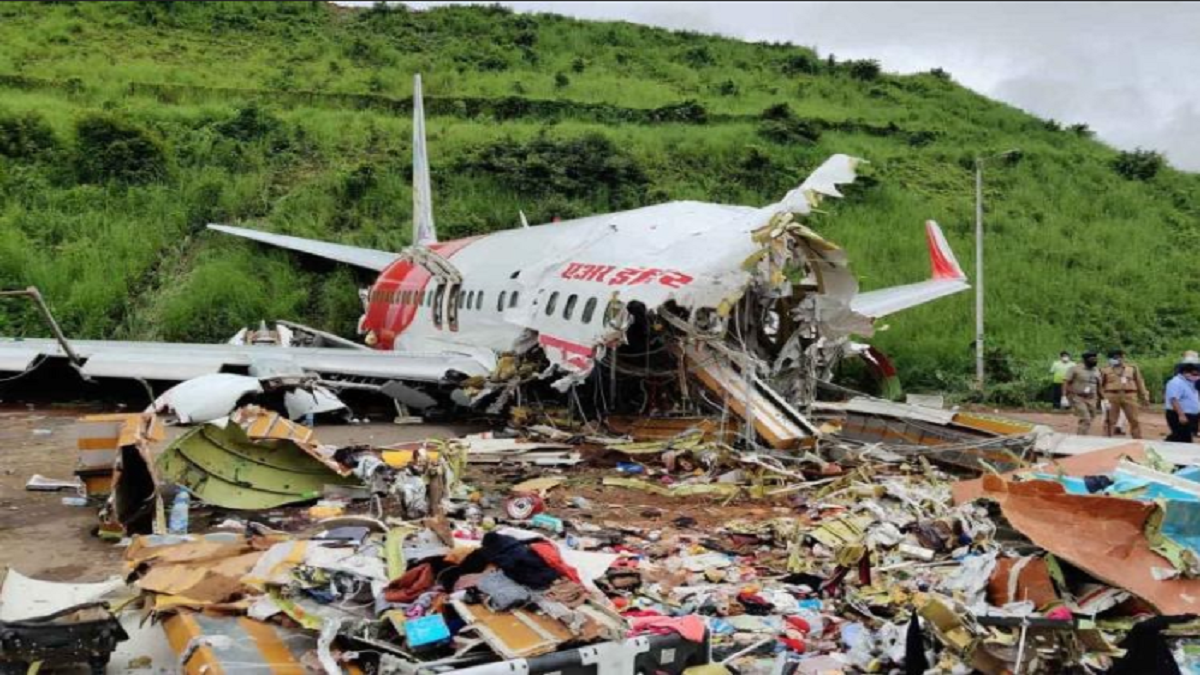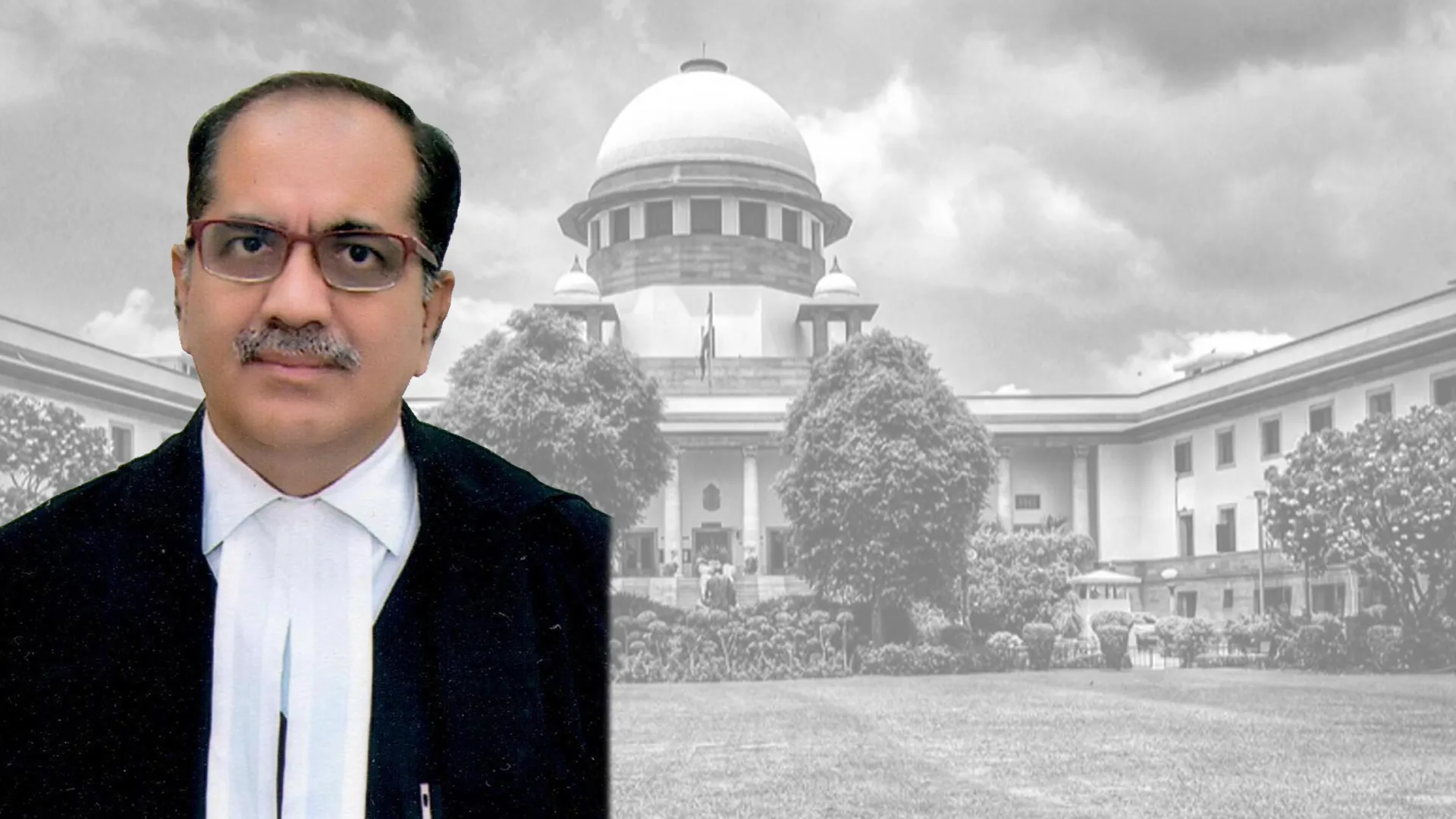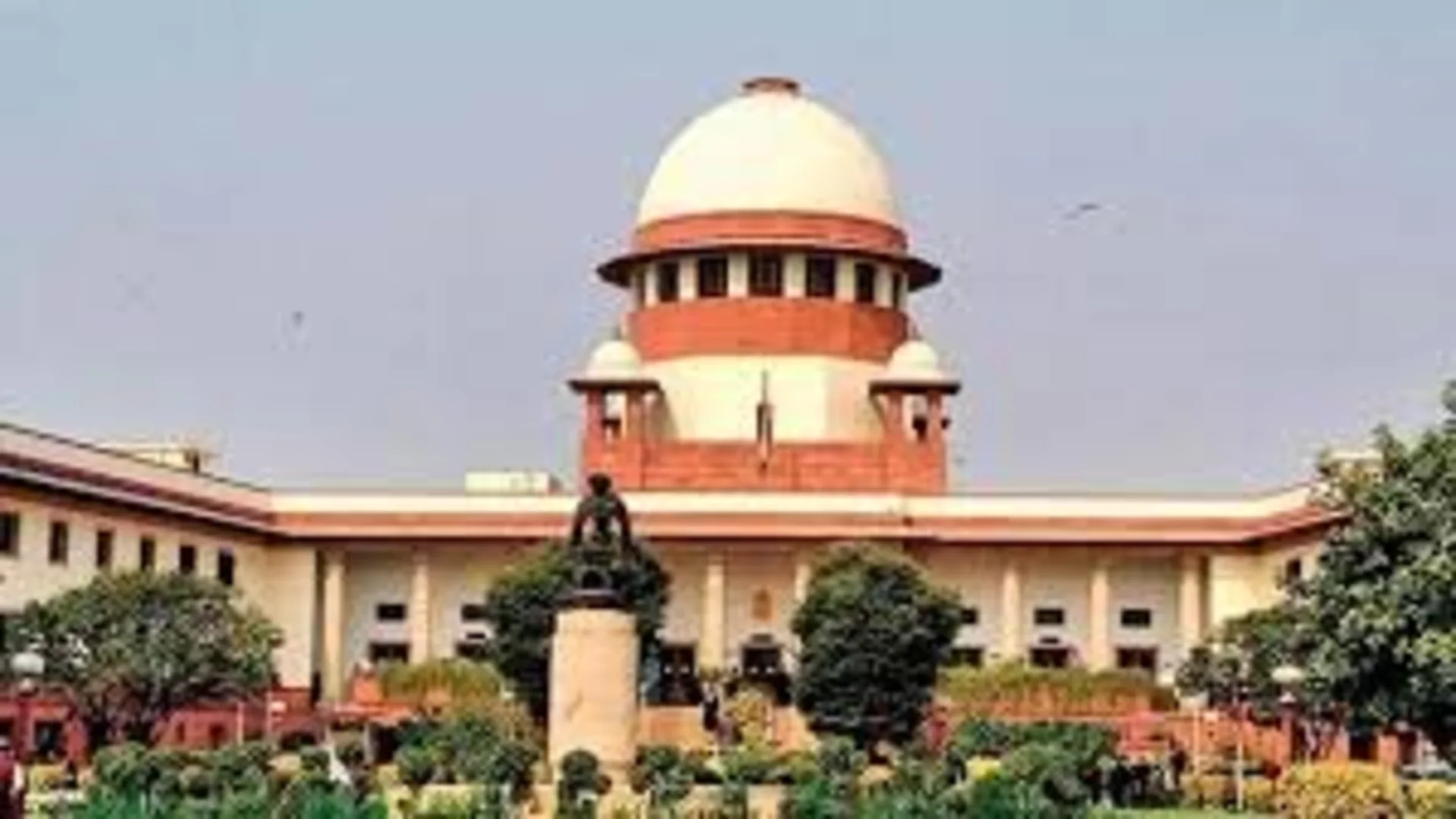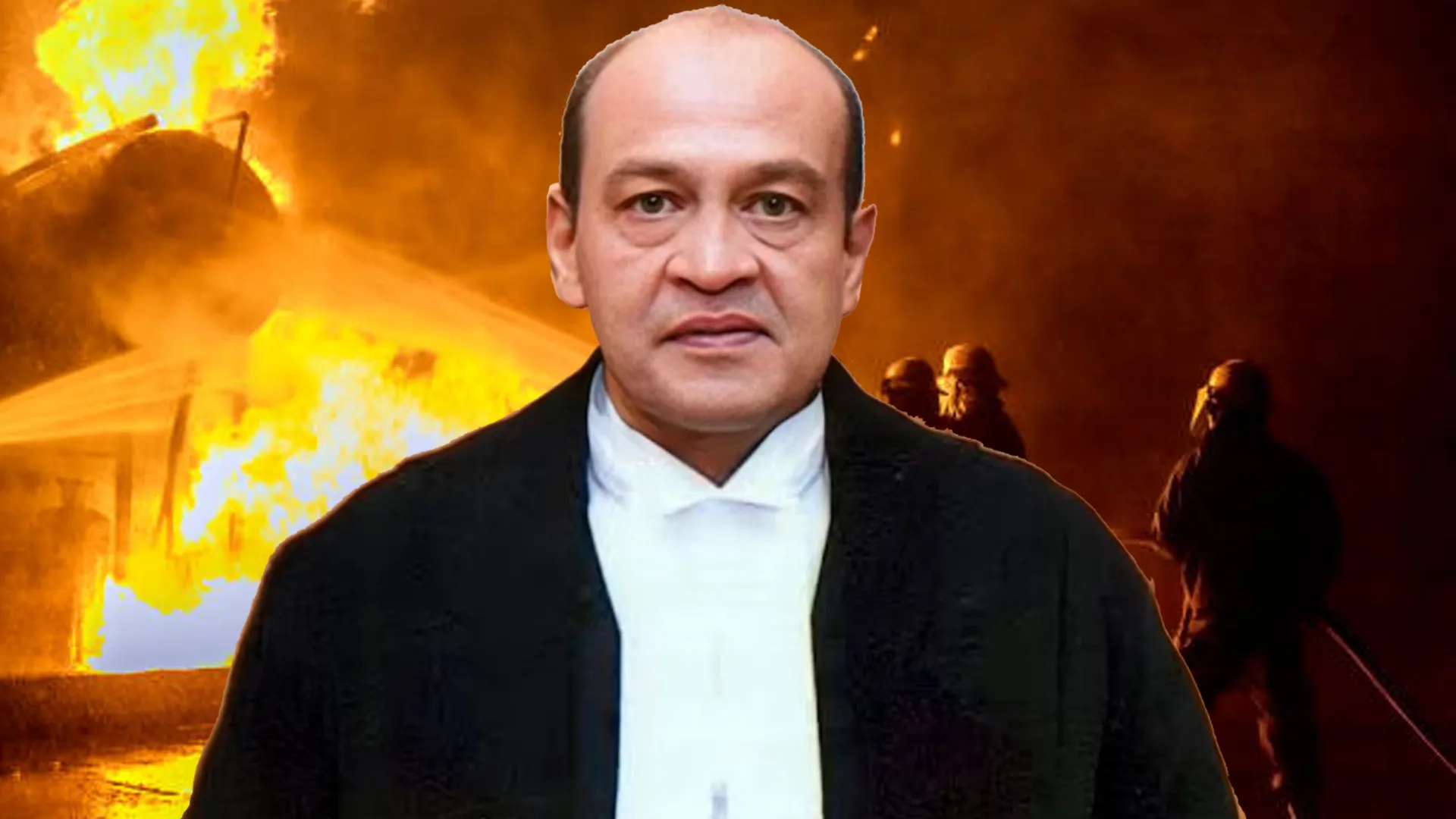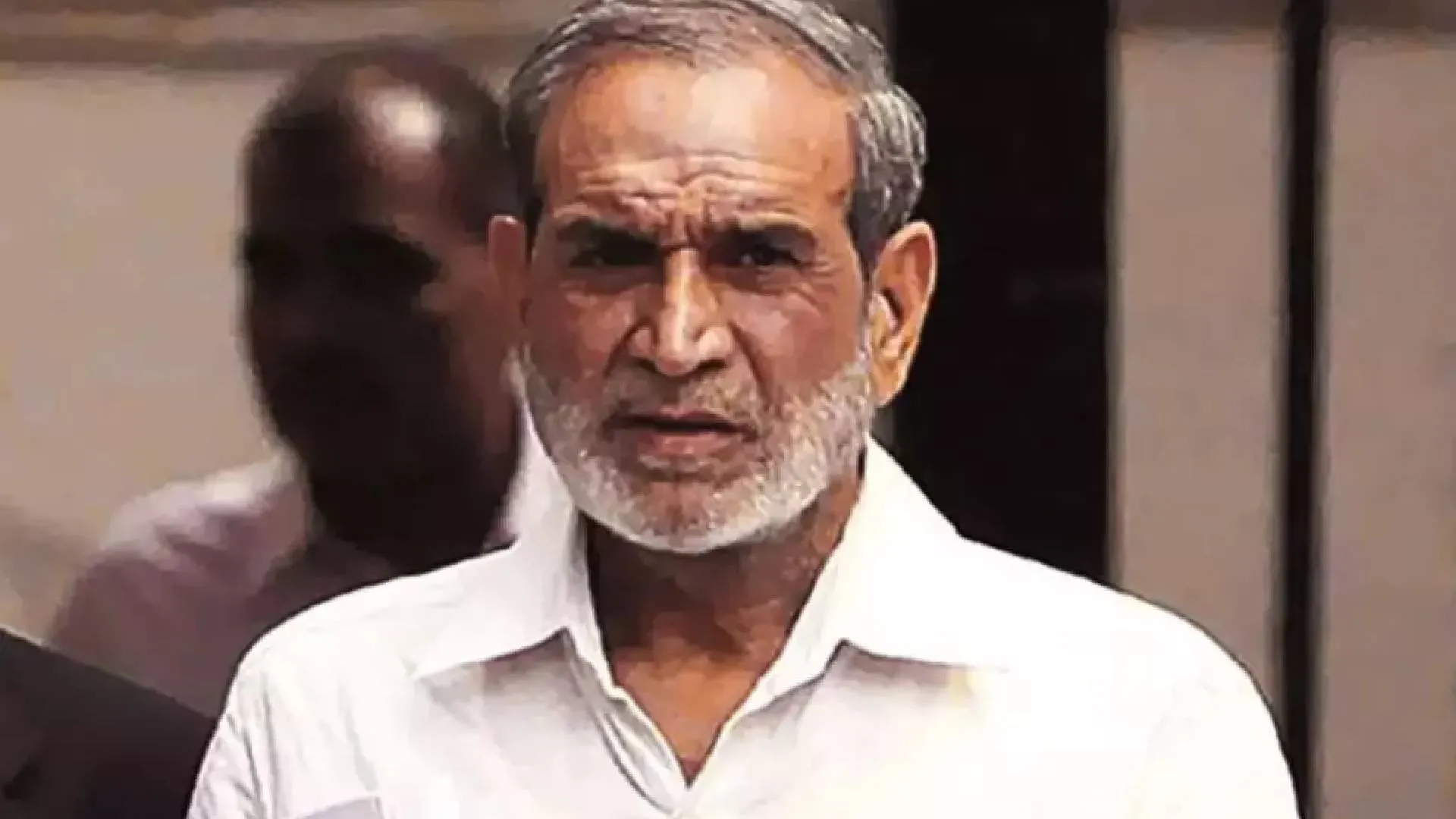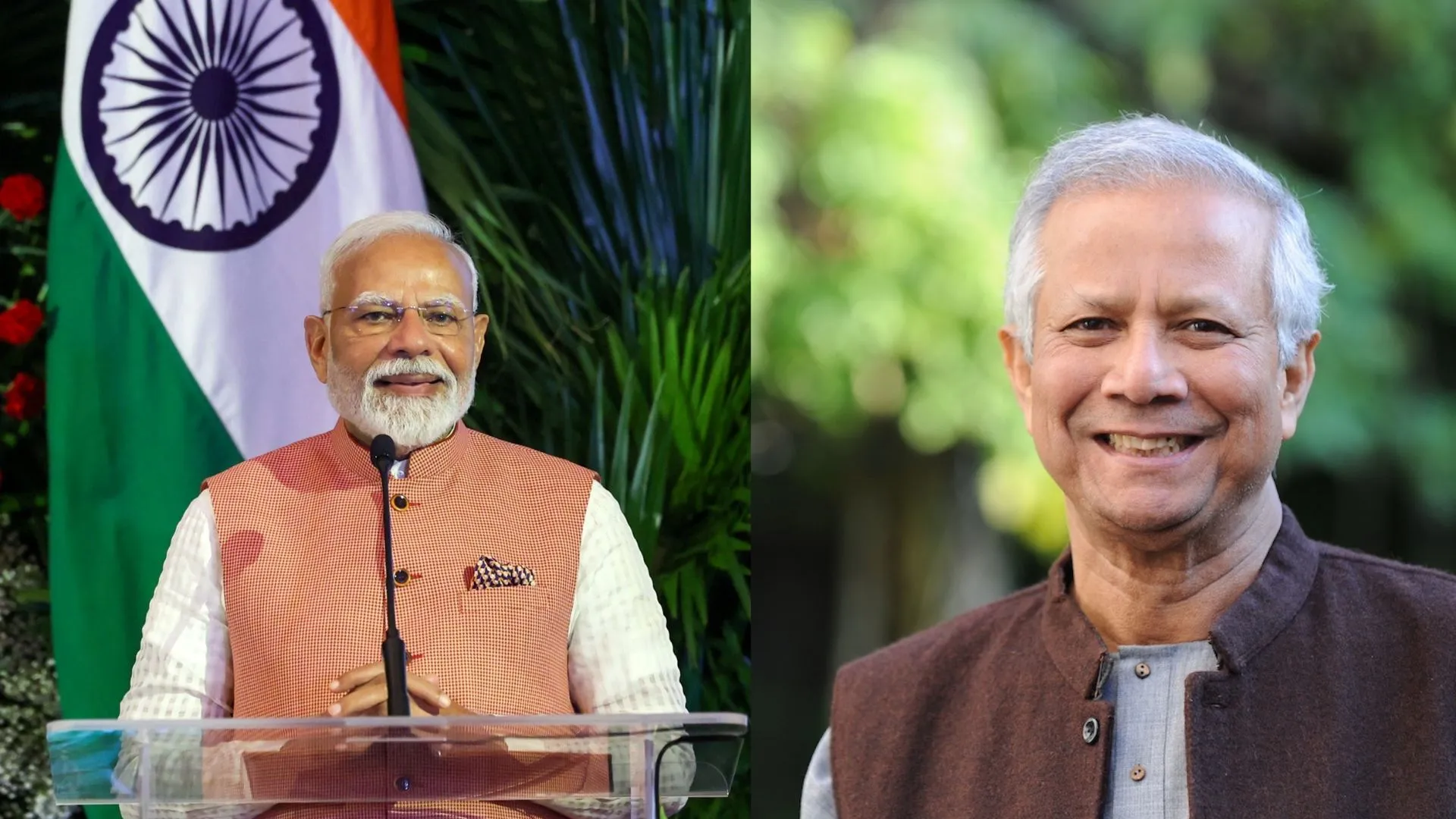“We are strangely biased, as individuals and media institutions, to focus on big sudden changes, whether good or bad – amazing breakthroughs, such as a new gadget that gets released, or catastrophic failures, like a plane crash”. -Steven Johnson
The horrifying incident of the Kozhikode Air India Express crash on 7th August 2020 shook the nation and the already financially struggling aviation industry. In light of the injured victims, the casualties and the suspicions of the airport authorities being naive of violation notices sent to them. The question turns on who is liable? Who should pay and what should be the compensation?
Although Air India Express has promised an interim compensation1 of Rs.10 lakh to the next of kin of the deceased passengers who were 12 years and above and Rs.5 lakh to passengers below 12 years of age Rs.2,00,000 to critically injured as immediate relief, is this adequate compensation? Can the victims claim more compensation?
This article categorically answers the questions and provides an overview of the International Treaties applicable in the event of an International Air accident and the necessary compensation that can be provided to the air crash victims under different circumstances along with relevant supporting precedents.
- Preliminary terms
It will be relevant to see the legal terms behind the unfortunate incident of an airplane crash means under prevailing laws of India. The Aircraft (Investigation of Accidents and Incidents) Rules, 2017 defines –
• “accident” as means an occurrence associated with the operation of an aircraft which,– “
- in the case of a manned aircraft ,takes place between the time any person boards the aircraft with the intention of flight until such time as all such persons have disembarked; or
- in the case of an unmanned aircraft, takes place between the time the aircraft is ready to move with the purpose of flight until such time as it comes to rest at the end of the flight and the primary propulsion system is shut down, in which:” either a person is fatally or seriously injured or affected due to aircraft damage or structural failure or missing aircraft. The definition can be considered to be inclusive of technicalities and encompasses a large number of contingencies.
• “aircraft” means any machine that can derive support in the atmosphere from the reactions of the air other than the reactions of the air against the surface of the earth;
(iv) “serious injury” means an injury which is sustained by a person in an accident and which
- requires hospitalization for more than forty-eight hours, commencing within seven days from the date the injury was received; or (ii) results in a fracture of any bone (except simple fractures of fingers, toes or nose); or
- involves lacerations which cause severe hemorrhage, nerve, muscle or tendon damage; or
- involves injury to any internal organ; or
- involves second or third degree burns, or any burns affecting more than five per cent; or
- involves verified exposure to infectious substances or injurious radiation;
ii. Applicable International Conventions
In the year 1929, the Warsaw convention was signed for the unification of certain rules for international carriage by air. This convention is applicable to all international carriage of persons, baggage or cargo performed by aircraft for reward. Later came to be known as the The Montreal Convention 1999 (MC99) (“the convention”) aims to establish passenger rights in case of death or injury to passengers, damages, delays or lost luggage.
As per the convention the term ‘International carriage’ means:
“any carriage in which, according to the agreement between the parties, the place of departure and the place of destination, whether or not there be a break in the carriage or a transhipment, are situated either within the territories of two States Parties, or within the territory of a single State Party if there is an agreed stopping place within the territory of another State, even if that State is not a State Party. Carriage between two points within the territory of a single State Party without an agreed stopping place within the territory of another State is not international carriage for the purposes of this Convention.”
India became a signatory to this convention in June 2009. The application of this convention in India is contained in the Carriage by Air Act, 1972 (“the Act”), third schedule relating to the rights and liabilities of carriers, passengers, consignors, consignees and other persons, shall, subject to the provisions of this Act, have the force of law in India in relation to any carriage by air to which those rules apply, irrespective of the nationality of the aircraft performing the carriage.
Convention on International Civil Aviation (Chicago Convention)
The Chicago convention is a landmark agreement which establishes the core principles to promote “cooperation and “create and preserve friendship and understanding among the nations and peoples of the world” in order to permit International Air Transport. This convention also establishes the specialized agency – International Civil Aviation Organization (ICAO) to oversee the principles of this Convention. India became a member to this convention on 1 March 1947. These broad principles set out in the convention are reflected in Indian Aviation statues and the rules.
India is also a member of several other International conventions on aviation such as: The Rome Convention, 1952, The Guadalajara Convention, 1961, The Hague Convention 1970, The Montreal Convention, 1971, The Cape Town Convention, 2001.
iii. Air crash Investigation
The Aircraft Accident Investigation Bureau (AIB) and Directorate General of Civil Aviation (DG) are required to be notified about the accident within 24 hours of the accident or incident and also give information to the District Magistrate and the Officer-in-charge of the nearest Police Station of the accident. Under such circumstances the DG and AIB are under an obligation to conduct the investigation in accordance with the rules and the Aircraft Accident Investigation Bureau acts as the accident Investigating Authority.
The unfortunate incident of an air crash is heavily investigated by the air crash investigators, private companies, personnel appointed by the airline, etc. All the necessary data is collected to determine the reason for a plane crash. This data is usually obtained by studying the parts of aircraft and recovering information from the Black box and the in flight recorded located in the cockpit and the tail respectively.
This information collected is used to determine if the pilot, airplane or the airplane parts manufacturer or others are at fault.
iv. Compensation
• Liability of a carrier:
When it comes to international flights, an international air carrier convention was put in place in 1999 to address what would happen after aircraft accidents. This happened at the Montreal Convention and was adopted by a United Nations agency known as the Civil Aviation Organization (CAO). The treaty stipulates that the “the carrier is liable for damage sustained in case of death or bodily injury of a passenger upon condition only that the accident which caused the death or injury took place on board the aircraft or in the course of any of the operations of embarking or disembarking.”
• Liability of other stakeholders in the aviation industry
The manufacturing defaults like in the case of Boeing 737 max9 were fatal on more than two occasions and all planes had to be grounded. In many cases, liability can be assigned on a percentage basis. It’s possible for an airline to be 30 percent at fault for an accident if it’s determined their safety inspections of the plane were improper, or a faulty part was not replaced. Similarly if the airport authority ignored any violations then they too become liable.
For eg: manufacturers can be found to be 70 percent at fault if they made the faulty part and did not realize it could cause a plane crash. The settlements plane crash victims receive will be based on the percentage of determined liability.
Compensation and liability is thus calculated percentage-wise on a pro rata basis. Action for Damages
In case of a liability an action for damages can be brought at the option of plaintiff, in the territory of one of the States Parties, either before the court of the domicile of the carrier or of its principal place of business, or where it has a place of business through which the contract has been made or before the court at the place of destination.
Under tort law compensatory, incidental, consequential, nominal, liquidated, and (sometimes) punitive damages can be claimed.
Extent of Compensation
And when an airline is found at fault for an accident, each affected passenger is to get a minimum value equal to $ 113,100 special drawing rights (“SDRs”). It is to be noted that usually there are caps to the amounts fixed by the governments and thus the payout might be substantially lower.
Such plane crash compensation currently equals to approximately $170,000 per passenger. “During the past several decades, there have been limitations placed on victims for what they can recover from an airline under the international treaties and laws. If it can be proven that an airline did not take all required precautions for a flight; there will be no limit to what a victim can recover.”
The air crash investigation reports become a crucial piece of evidence in determining the liability and which stakeholder has to pay its share of compensation and to what percentage. Compensation in case of delay
Article 19 of the Convention says if any damage per say is caused to passengers due to delay of the flight, then airlines are bound to pay 4,694 SDRs for each passenger. This works out to $7,221. In case of destruction or damage to baggage, the airlines are liable to pay 1,131 SDRs, which works out to approximately $1,740. Again, these amounts are capped and the payout would be lower in most cases.
v. Calculation
The value of the SDRs is calculated as defined by the International Monetary Fund (IMF). The prescribed limits are revised every five years. This revision is based on the weighted average of the annual rates of increase or decrease in the consumer price indices of the various countries. For example, if there are passengers of different nationalities in an air crash, the compensation amounts might vary among the passengers. The convention also prescribes a certain limit for countries which are not a part of the IMF.
These amounts seem substantial prima facie but these limits are capped, which means passengers get less than the prescribed amounts.
Usually, the Insurance company of the Airline company takes care of this compensation as well.
The final amount depends on the Property and Casualty Cover the particular airline has, says an insurance company official. “It will depend on who is the insurer and reinsurer of the airline. These depend on the personal treaty between the insurance companies and these treaties are customised.”
It is not unheard of the airline companies getting into litigation disputes with the insurance company and/or with passengers, delaying the entire process of payouts altogether.
There were reports that in the Ukraine crash, the airline might refuse to pay some part of the insurance on the ground that it was an act of war. However, the insurance company official says that is not the case. “When the aircraft (Malaysia Airlines Flight 17) flew over the zone, it was a safe zone. Only later was it declared a danger zone. It is possible this case might go into arbitration.
Usually, airlines from the track record have been efficient to facilitate a smooth transfer of preliminary compensation funds but not at the right amount.
vi. Insurance Coverage and Damages
Every airline company that operates around the world must have a certain level of mandatory insurance coverage for all flights. These insurance companies will be paying the compensation to victims in the case of an airplane accident and will be determined by property and casualty coverage and for international flights by abovementioned treaties.
The victim of an accident involving an airplane is entitled to two different types of compensation damages. The first type is pecuniary damages and second being non-pecuniary damages. Facts and the subject matter are variables in every case. This will involve compensation for their medical treatments, loss of income, benefits to the survivors of a deceased kin, dependents and more.
The other type is known as non-pecuniary and this is where the largest amounts of compensation are paid. It involves payment for pain and suffering. There are some places that will permit compensation for pain and suffering experienced prior to impact (air crash investigation reports are analysed), as well as for what a person experiences during a crash.
vii. Should compensation to the kin of air crash victims vary from person to person?
The unfortunate incidents of airplane crashes are catastrophic and substantially impair the lives of the passengers kin in many ways. In cases where the fuselage of the airplane is missing for years, the unknown of the whereabouts is also much daunting. In cases of extreme crashes where the fuselage debris is too damaged, it may take the air crash investigation authorities years to decode what went wrong during the flight.
The passengers in an aircraft might host several nationalities, regions or any demographics with respect to caste, creed, sex, and so on.
The compensation which is paid by the Airline Company as such should not be discriminatory in any form whatsoever considering a given situation. The nationality or sex or age or income or the potential future income of the now-deceased passenger should not be the protocol basis for compensation to the next of the kin. This very salutary principle of non-discrimination is embodied in Article 1 of the Convention.
Compensation should be a derivative of the human aspect combined with monetary compensation. Airlines should take it upon themselves to help the kinof the diseased passenger as substantial trauma or the unknown of whereabouts of the diseased could impair their lives permanently. In case the passenger survives, it wouldn’t be without substantial post-traumatic stress disorders amongst physical injuries and the same should be taken into account.
As per the revision of compensation about done in 2009, compensation of Special Drawing Rights (SDR) – an IMF notional currency that is derived on the very basis of the prevailing value of some hard currencies of the world (subjective of the region) — 113,100 is payable to the next of kin in case of death in air travel. Compensation for physical injury and loss of or damage to baggage is also laid down in the convention.
There are several judgments to that effect where the Supreme Court order of May 19, 2020, in Triveni Kodkany vs Air India Ltd17 and others, granting the largest ever compensation in an individual case of Rs.7.64 crore needs to be understood and examined. It also held that gross income should be the basic factor to determine compensation and not salary. In addition to it, 6% simple interest for the delay was also awarded. The victim was a passenger in the ill-fated flight from Dubai that overshot the runway in Mangaluru and fell down the cliff in 2010. He was an expatriate working in a company in UAE.
The Supreme Court has upheld the compensation ordered by the National Consumer Disputes Redressal Commission set up under the Consumer Protection Act while acceding to the prayer of the family to consider the cost to the company (CTC) without nitpicking about various allowances.
Human life is invaluable, in such cases people travelling for leisure or work get affected unknowingly. Which is perhaps why in India under the Motor Vehicles Act, 1988 as interpreted by the Supreme Court in National Insurance Company Ltd vs Pranav Sethi19 in 2017, the income of the victim at the time of the fatal accident is the clincher — greater the income greater the compensation a basic structure of the payout.
For the sake of placing a spectrum, an unemployed youth might at best get compensation if at all based on his future potential although the apex court conception of adding 30 per cent on this count to the existing income of people dying in their prime simply cannot be implemented when one was unemployed.
The state governments/ central governments also announce one time compensation to victims on a humanitarian basis.
viii. What can you claim?
The kins and the victims of passengers involved in the aircraft or in an aircraft accident, they can indeed claim compensation. Depending on the injuries, they can claim for immediate or future pain, suffering, lost income, other financial losses (including superannuation), medical expenses and impairment benefits calculated as per Property and Casualty Cover.
They may be able to claim dependency damages if someone in their family has died in an aircraft accident.
Depending on the case and circumstances after the air crash investigation, the organization liable for the damages could be the aircraft operator, the airport corporation or other airport site operator; manufacturer or maintenance engineer; or another agency, such as the Civil Aviation Safety Authority.
The preliminary compensation declared by the party at gross default in case of an airplane crash, are usually nominal. Further claims should be made on pecuniary and non-pecuniary grounds. The courts have taken a bright view in favour of victims protection and adequate compensation in light of the international conventions and compensation rules in India with broad interpretation. It’s wisely said that a human life cannot be priced, but the kins of the diseased or the injured themselves need to bear the trauma of a crash lifelong.
ix. Conclusion
Compensation is not only beneficial to the victims but helps to keep the reputation of the airline company and all the stakeholders involved. The airline industry is marketed as the safest, fastest and convenient. In order to uphold this same reputation and to expand the already struggling airline industry, such unfortunate incidents of airplane crashes should be looked at broadly by all the stakeholders in the aviation industry. Paying the right amount of compensation and avoiding getting into petty litigation disputes should be the moral principle to make the aviation industry upload its reputation. Adequate, appropriate and unconditional compensation gives the injured and the kins the strength to continue their livelihood and make flying a better experience for everyone.

